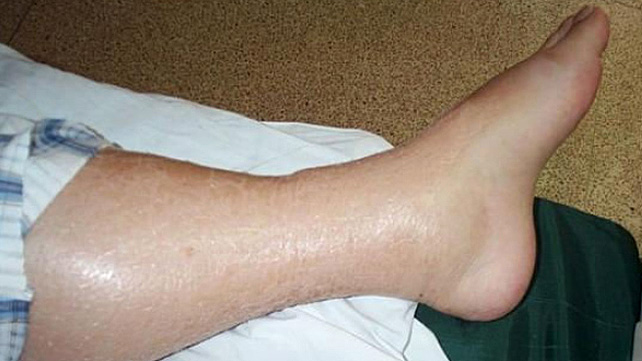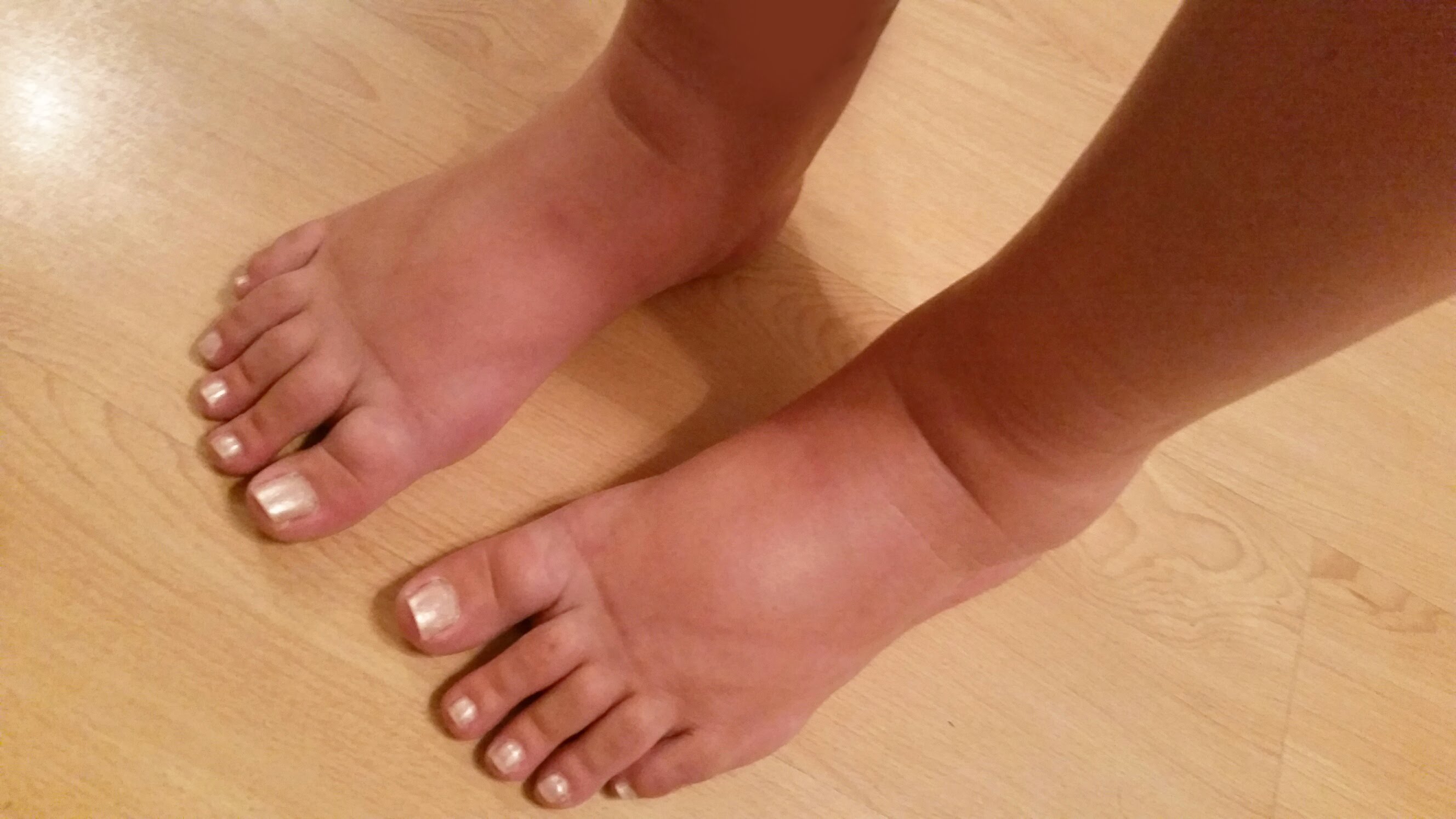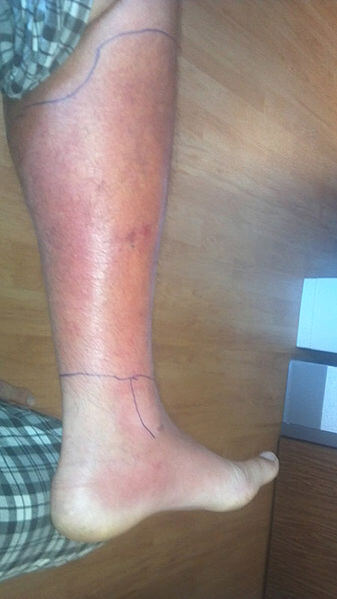
Tissues in the body may trap excessive fluid and cause swelling, which is referred to as edema. Individuals commonly notice this swelling in the hands,
Continued. Venous insufficiency. Swelling of the ankles and feet is often an early symptom of venous insufficiency, a condition in which blood inadequately moves up the veins from the legs and feet up to the heart.
How to Reduce Swelling in Feet. If you have swollen feet, you are not alone. Many people suffer from this condition, as it is a side effect of a number of medications and a symptom of many diseases.

Swelling of the legs and ankles is caused by fluid accumulation in the body and could be a sign of worsening heart failure. Find out more here



Quick Answer. Common causes of swelling in the legs and feet include poorly functioning veins, pregnancy complications, heart disease, infections and blood clots, according to WebMD.
When to seek medical advice. Get medical care as soon as possible if: You have unexplained, painful swelling of your feet or legs, particularly if it’s only in one leg
When swelling occurs in both legs and feet, it usually indicates damage to the organs or one of the organ systems, rather than direct injury to the leg.



Painless swelling of the feet and ankles is a common problem, especially among older people. Abnormal buildup of fluid in the ankles, feet, and legs can cause swelling.
Swollen feet and legs (also known as edema) have many and temporary causes, but they can also be an indication of a more serious concern. Learn more about symptoms and treatment.
Swollen ankles, legs, and feet cause discomfort and even pain for many people. If you are one of these people who suffer from puffiness around your ankles, you probably wonder what you can do to reduce the ankle swelling and ease discomfort.

